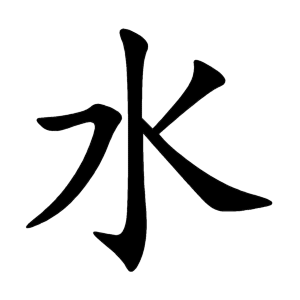The message came from about halfway around the world, from some friends I met last summer who were now busy organizing a large group of people. They use, almost exclusively, secure messaging. Telegram specifically.

Telegram was introduced as a simple messaging service and as an alternative to the standard iOS or android messaging apps. It is not owned by any social network, though it is in direct competition with WhatsApp, which is owned by Facebook. It’s encrypted. Every message along its entire route is unreadable, by both the servers that touch it, and also by any of the intermediate software that routes the message from one place to the other. Public-private secure key pairs at either side of the transmission between trusted users encode and then decode the message only at the sender and receiver end so there's no data capture possible en route.
I tapped the first three letters into the omnipresent search bar on my Team 6AC:
“w-a-t . . . ”
Software took over and finished my thought, soon searching the Internet for "water":
Water, a substance composed of the chemical elements hydrogen and oxygen and existing in gaseous, liquid, and solid states. It is one of the most plentiful and essential of compounds. A tasteless and odorless liquid at room temperature, it has the important ability to dissolve many other substances. Density: 997 kg/m³ Boiling point: 212°tF (100°C) Molar mass: 18.01528 g/mol Melting point: 32°F (0°C) Formula: H2O
I recalled the water writers I'd seen about eight years ago in Jingshan Park in Beijing, right next to the Forbidden City. They were mostly older men but not exclusively. One woman I remembered in particular because she held brushes in both hands and wrote two columns of mirrored calligraphy at the same time.
Water calligraphy, better known as Ground Writing or 地书 (Pinyin “Dishu”) in Chinese, appeared at the start of the 1980s in Beijing. This was around the time of the “Reform and Opening Up” policy and since then ground writing has spread to public parks all over China. The calligraphers write poetry, mostly short traditional verse. Most of them are retired. One 79-year-old described to me,
“This is just for fun! You have to do something when you get old right?”
They use homemade brushes fashioned from broomsticks and hand-cut brushes made from sponges, rags, mops, whatever they can find. They write directly on the ground, in public space. Since it is written in water not ink, it is explicitly ephemeral.

On this day in Jingshan Park, there were about five writers positioned with a graceful distance between them. I was fascinated by the ritualized order in which the strokes that define any character were drawn. I later understood that stroke order is essential in Chinese writing—a different order would suggest a different character. Nearby, newspapers hung for public reading. The proximity, even overlap, of reading and writing in this public space made a strong impression on me and I recalled the story of British Romantic poet John Keats who died young and asked to be buried in an unidentified grave marked only by the epitaph:
Here lies One Whose Name was Writ in Water.
All writing should be done like that. Carefully. Temporarily. In public.
November 13, 2023
Ground Writing
Reading
Ground Writing
Reading
Ground-Writing.pdf (David Reinfurt)
Resources
The Wubi Effect (RadioLab)
Visitor